by
What are the brain circuits that not only keep us alive but also allow us to thrive in our complex world, and how do even subtle disturbances within these circuits lead to abnormal behavior? Using a combination of research strategies—including neuroimaging (particularly fMRI) and abnormal and clinical psychology—this new textbook addresses these timely and important questions for students of the biological, clinical, and social sciences as well as interested students from fields within the humanities, such as philosophy.
Looking Inside the Disordered Brain provides students with a working knowledge of our rapidly evolving understanding of the foundational brain circuits supporting human social, emotional, and cognitive behavior, and describes how disruptions within these circuits are associated with symptoms of common psychiatric disorders. It first establishes how specific anatomical circuits process signals we receive from our ever-changing internal and external environments to create order in our behavior. It then looks inside the disordered brain and maps specific symptoms onto dysfunction within these circuits.
The textbook features three neuroanatomical circuits (corticolimbic; corticostriatal; corticohippocampal) and their principal behavioral correlates (recognition and reaction; motivation and action; memory and executive control), as well as the pathological expression of dysfunction within each circuit (including depression, anxiety, phobia, mania, addiction, aggression, and disintegration of thought).
The author emphasizes the dimensional nature of psychopathology by mapping specific symptoms within a broad diagnostic category onto disorder of the circuitry under review. For example, in major depressive disorder the symptoms of anxiety are mapped onto corticolimbic circuit dysfunction, the symptoms of anhedonia onto corticostriatal circuit dysfunction, and the symptoms of emotion dysregulation onto corticohippocampal circuit dysfunction. This is an effective strategy for introducing students to the limitations of categorical/diagnostic classifications (e.g., DSM-5) and highlighting the importance of considering behavior on a continuum from normal to abnormal.
Product Details
- Paperback: 220 pages
- Publisher: Sinauer Associates, Inc.; 1st edition (January 13, 2015)
- Language: English
- ISBN-10: 0878939792
- ISBN-13: 978-0878939794

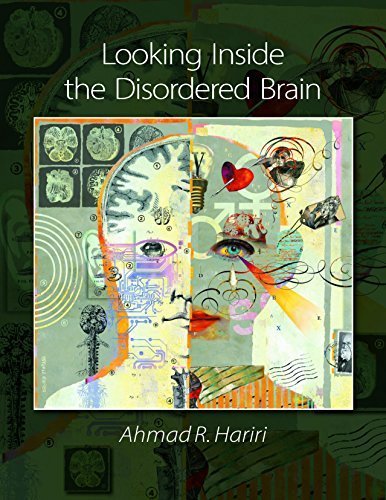
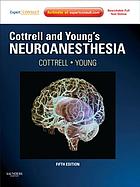
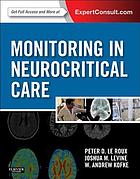

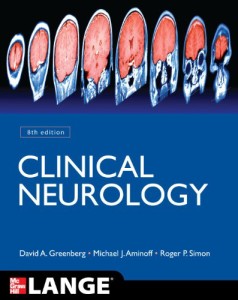


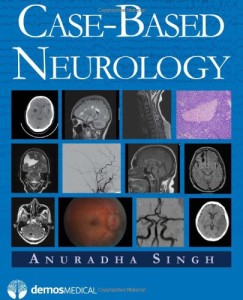
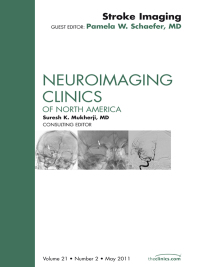
Reviews
There are no reviews yet.